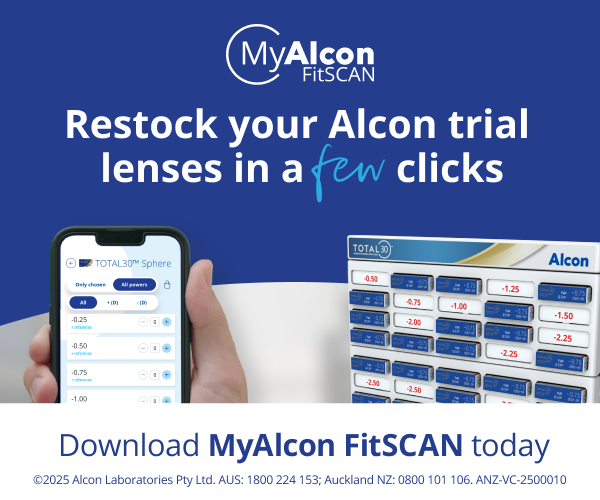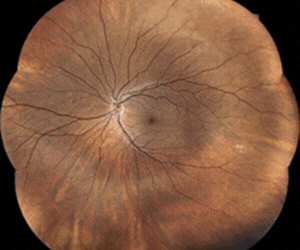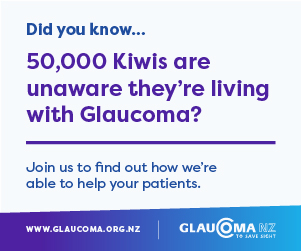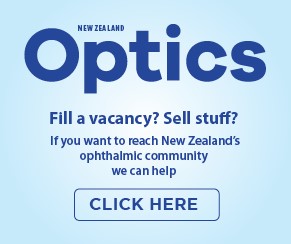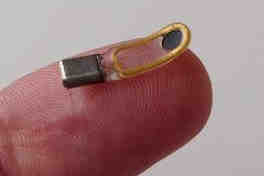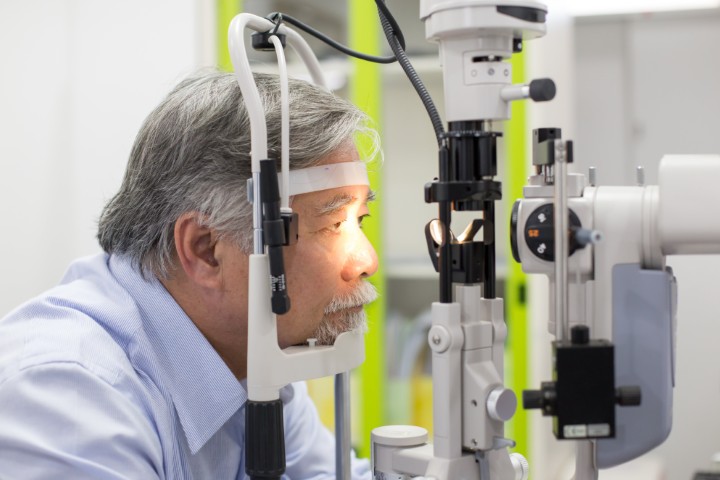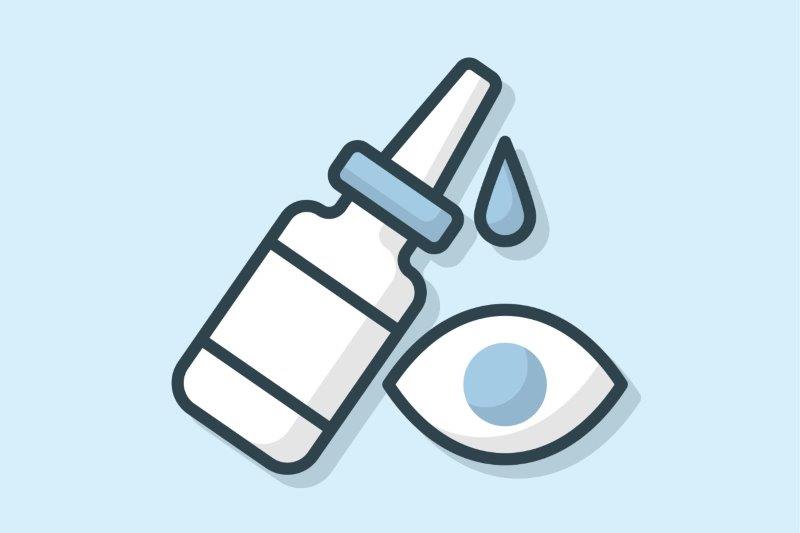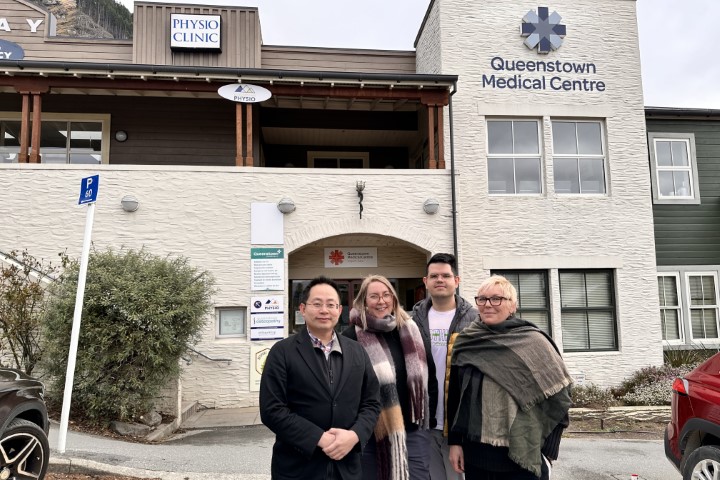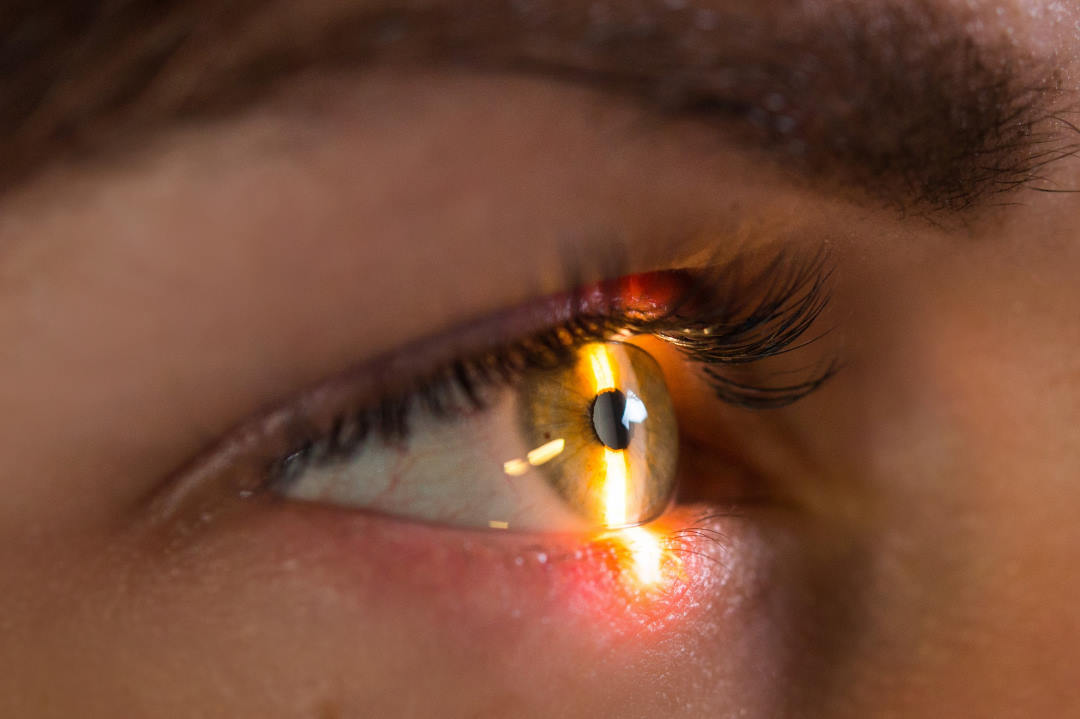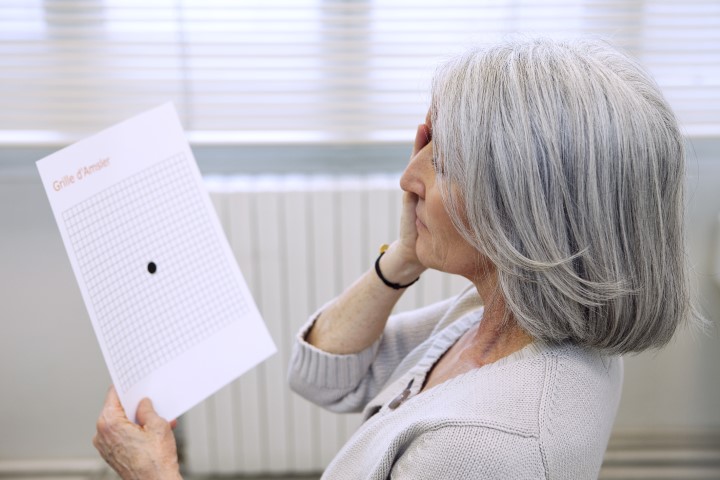NZ and True Tear
I was first introduced to what was to become the TrueTear Nasal Stimulator by its inventor at a meeting at Auckland Eye in 2013. Myself, Michael Ackerman, along with a medical advisor and investor met to discuss the possibilities of a surgical treatment for dry eye.
The initial concept proposed by Michael Ackerman was that of a surgically implantable device made of gold and titanium placed adjacent to the lacrimal gland using a relatively minor surgical technique. The plan was to produce a current in the device by holding an external magnetic “switch” close to the temple where the lacrimal gland sits anatomically.
Whilst this attracted some interest, it wasn’t until the events that transpired at a particularly momentous lunch at a Mexican restaurant by the concept owners, that things really moved forwards. After ordering particularly hot burrito and taco meals liberally coated in jalapeno peppers, the ensuing deluge of lacrimal gland-derived aqueous tears, as the inventors were eating their spicy food, resulted in that eureka moment – the naso-lacrimal reflex arc could be used for tear stimulation!
Following this intellectual pearl, the inventors looked at different anatomical locations in the nasopharynx and methods of stimulation to optimise tear production via the nasolacrimal reflex. The final site of choice was the nasal septum, and a dual pronged electrical stimulation prototype was born.
This evolved into a product that was initially conceptualised as a device implant in an external treatment application. The implications of this, especially with regard to ease of use and ethical approval, immediately attracted considerable interest from investors, catapulting the project to the investigational level. Despite a number of the team already having undergone implantation of the surgical device above, this avenue is now destined to remain dormant.
My first physical contact with the nasal stimulator prototype was at the Royal Australia and New Zealand College of Ophthalmology (RANZCO) meeting in Hobart in 2013 where, along with a number of Australasian ophthalmologists, I was able to experience the device first hand. Insertion of the prototype device probe up my ample nasal cavity coupled with electrical current delivered via a standard TENS device resulted in a truly eye-watering experience!
Suffering myself from post LASIK dry eye, I was immediately optimistic. Tear supplements often failed to impress, either through effect or issues related to compliance, but now we suddenly had a tool that could induce real, natural tears - what could be better? Severe aqueous deficient dry eye is a condition uncommonly encountered, but patients with this unfortunate affliction are some of the most miserable to be found, with chronic debilitating eye discomfort and terrible impairment of vision.
A multicentre trial across Australasia was set up across a number of sites, including Auckland Eye and Eye Institute in Auckland, in collaboration with the Ocular Surface Laboratory at the University, and in Rotorua and Christchurch. Given my enthusiasm, we were lucky enough to enrol the most patients of any individual site in the Australasian arm of the trial. Not surprisingly, however, the concept did draw some raised eyebrows from a number of my colleagues – the idea of placing a device up one’s nostrils, met with significant scepticism, but the end result speaks for itself.
The prospective, double-masked trial was very well designed with 50% of patients receiving sham devices. Patients in the placebo arm of the trial were understandably disappointed with its lack of effect, whereas many of those with the active product were delighted. Happily, in the crossover phase of the trial, those initially receiving sham treatment were offered active devices and the opportunity to benefit from the new treatment. Such was the level of perceived success in a number of participants, that when it became time to return the devices (necessary for the trial design and ethics requirements) some patients inexplicably could not find their devices to return!
The device at the time was known as the Oculeve Nasal Stimulator. Since rebranding, following the purchase of Oculeve by Allergan, it is now known as the TrueTear Intranasal Tear Neurostimulator. The device was cleared by the US Food & Drug Administration earlier this year, with an approved indication for providing a temporary increase in tear production in adult patients.
On attending the Ophthalmology Innovations Summit this year in Los Angeles, I heard Bill Link of Versant Ventures and Bill Saunders from Allergan (among others) pay tribute to Michael, who was honored at the meeting by receiving the prestigious Innovator of the Year award. Michael continues to work with the development team at Allergan today, and apparently has some other new technologies he’s pursuing.
Dr Dean Corbett is a specialist in refractive and glaucoma surgery and a clinical lecturer and a passionate supporter of new devices and surgical techniques for the improvement of vision. He’s based in Auckland at Greenlane Hospital and Auckland Eye.





